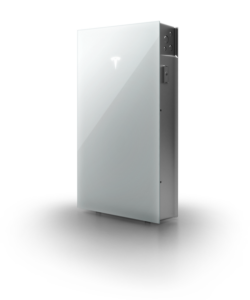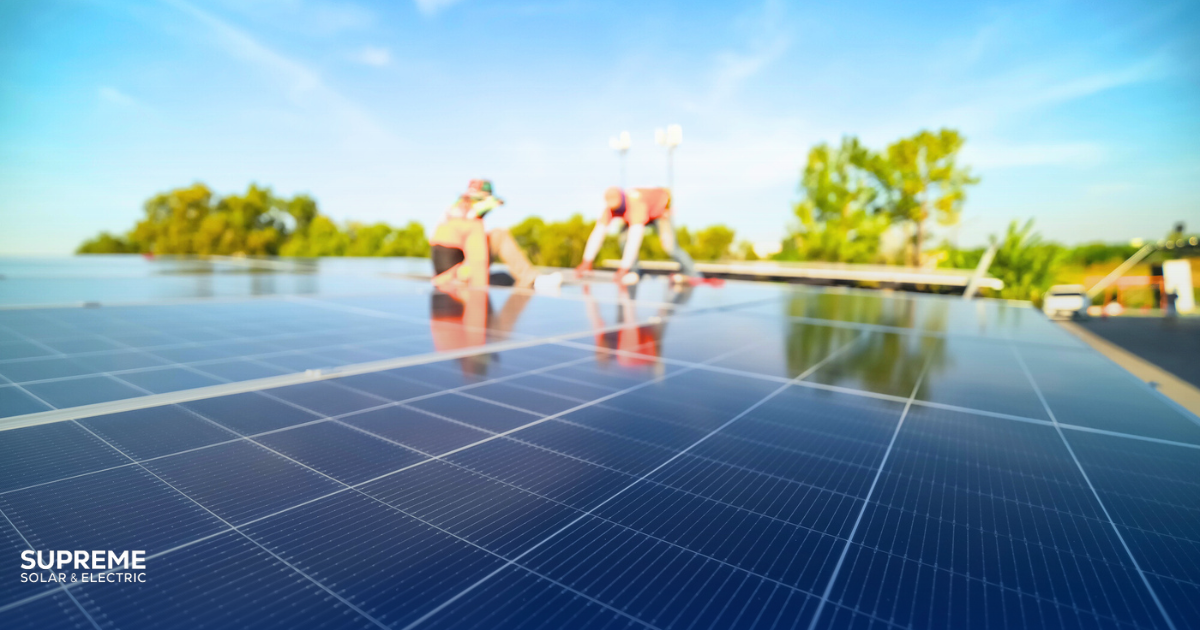Why Solar Is Still Too Expensive for Many Families
California has some of the highest electricity rates in the country. Even households that qualify for CARE or FERA, the low-income rate assistance programs from PG&E and SCE, still end up paying much more than the national average.
While solar systems are designed to reduce electric bills, they usually require either upfront investment or financing. For many families in disadvantaged communities, that cost is simply not doable, even if the long-term savings are clear.
Fortunately, new and existing programs are helping to bridge the gap.
The Disadvantaged Communities Single-Family Solar Homes Program (DAC-SASH)
What is DAC-SASH?
The Disadvantaged Communities Single-Family Solar Homes (DAC-SASH) program is a statewide initiative managed by GRID Alternatives and funded by the California Public Utilities Commission. It is specifically designed for low-income, single-family homeowners living in disadvantaged communities.
The goal of DAC-SASH is to provide no-cost solar to qualifying homeowners. That means your system, installation, and permitting could be fully covered, giving you the ability to reduce or eliminate your electric bill without taking on debt or upfront payments.
Who Qualifies for DAC-SASH?
To qualify, you must meet all of the following:
- Live in a designated Disadvantaged Community
Use the CalEnviroScreen tool to see if your area is eligible. Many communities in Fresno and throughout the San Joaquin Valley are already included. - Own and occupy your single-family home
- Be a customer of PG&E, SCE, or SDG&E
- Be enrolled in the CARE or FERA low-income utility programs
If you meet these criteria, you are likely eligible for DAC-SASH and may receive a fully funded solar system.
What Are the Benefits?
- No-cost solar installation
- Immediate and ongoing electric bill savings
- Direct program support through GRID Alternatives
- Clean, renewable energy for your home
- Long-term energy independence
This is a powerful solution for families who otherwise might never access solar.
SGIP Equity and Equity Resiliency Rebates
What is SGIP?
The Self-Generation Incentive Program, or SGIP, is California’s longest-running battery storage rebate program. It was originally launched to promote energy storage, and recent updates have made it especially beneficial for low-income households and communities facing grid reliability issues.
In 2024, SGIP added major improvements to both the Equity and Equity Resiliency programs. These updates now allow many homeowners to install batteries with partial or even full funding from the state.
What is the Difference Between Equity and Equity Resiliency?
- Equity is for low-income households that live in a disadvantaged community or are enrolled in CARE or FERA. These homeowners can qualify for up to $850 per kilowatt-hour of battery storage.
- Equity Resiliency is for households that meet the Equity criteria and also face additional risk, such as:
- Living in a Tier 2 or Tier 3 fire zone
- Using medical baseline equipment
- Experiencing multiple Public Safety Power Shutoffs (PSPS)
These households may receive up to $1,000 per kilowatt-hour, which can cover most or all of the battery cost.
Example: Tesla Powerwall
 A typical Tesla Powerwall has 13.5 kilowatt-hours of storage capacity. If you qualify for the Equity Resiliency program, you could receive up to $13,500 in rebates. That would be enough to cover the entire battery installation in most cases.
A typical Tesla Powerwall has 13.5 kilowatt-hours of storage capacity. If you qualify for the Equity Resiliency program, you could receive up to $13,500 in rebates. That would be enough to cover the entire battery installation in most cases.
Who Qualifies?
To qualify under Equity:
- You must own and live in your home
- Be a customer of PG&E, SCE, or SDG&E
- Be enrolled in CARE or FERA
- Or live in a designated disadvantaged community
To qualify under Equity Resiliency, you must meet all the Equity criteria and also live in a high fire-threat zone, use qualifying medical equipment, or have experienced two or more recent PSPS events.
In many Central Valley communities, especially Fresno and nearby areas, homeowners are already eligible through their CARE or FERA enrollment.
Why These Programs Matter
1. California Electric Rates Keep Rising
Electricity rates from PG&E and Southern California Edison have increased dramatically in the last five years. Even customers receiving discounts through CARE still pay higher-than-average rates compared to other states.
Solar systems with battery backup allow homeowners to:
- Lower their monthly bills
- Protect themselves from future rate increases
- Maintain power during blackouts
- Take back control over their energy use
2. These Programs Help Families That Need It Most
For years, access to solar has been limited to homeowners with high incomes or good credit. DAC-SASH and SGIP now make solar and batteries available to those who benefit the most from monthly savings and energy security.
These programs allow working-class families to reduce their utility burden, stay safe during outages, and build long-term energy stability.
Final Thoughts: You Can Go Solar, Even on a Tight Budget
You don’t need a big budget or a high credit score to take control of your energy bills. Solar programs like DAC-SASH and SGIP now make solar and batteries accessible to families that need them most.
If you qualify, you could:
- Get a no-cost solar installation
- Add a battery with up to $13,500 in state-backed rebates
- Save hundreds per year on your energy bills
- Stay protected during blackouts and grid outages
At Supreme Solar and Electric, we believe energy independence should be for everyone, not just the few. Let us help you find out what programs are available in your area.
Ready to See If You Qualify?
We serve families throughout the San Joaquin Valley and Southern California who are ready to break free from high utility bills. If you live in Fresno, Clovis, Palm Desert, or any nearby community, contact Supreme Solar and Electric today.
Call now or schedule your free consultation online. We’re here to help you power your future, no matter your income.




